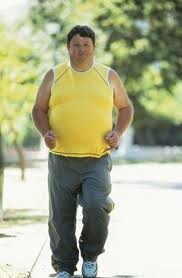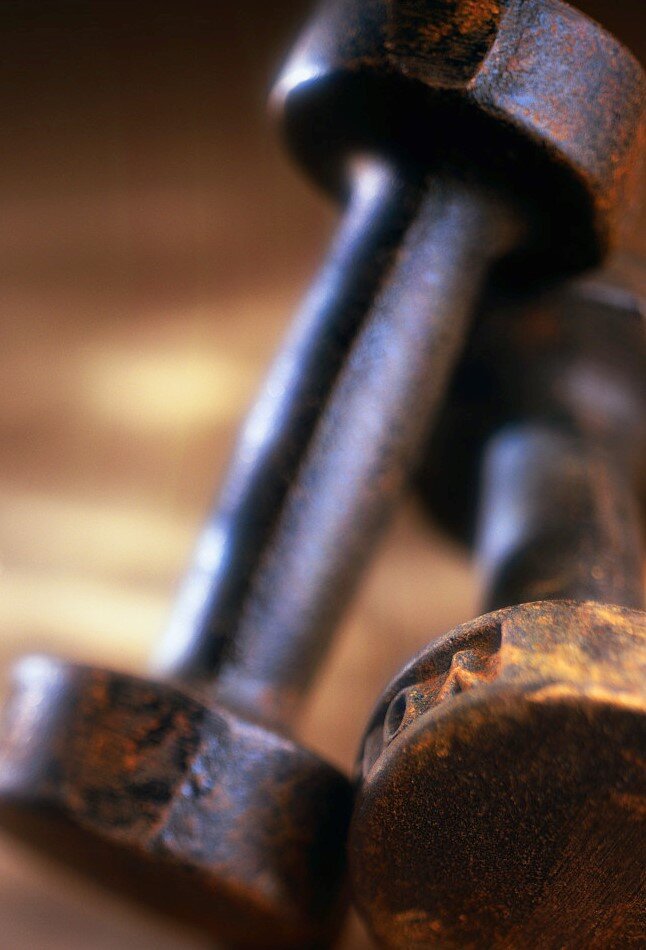We made it to the end of another productive week.
Since it's Friday I wanted to make sure to share with you another exercise to add to your locker of exercises to keep your routines fun, fresh, and challenging.
I've received a few questions asking for alternatives to jumping rope during circuit training. Not everyone likes, nor can handle the impact of rope jumping. You're in luck. I have just the movement to help keep your hips flexible, your core working and your heart rate moving.
When I was a kid the movement was called squat thrusts and part of the Presidents Fitness Council protocol that we all had to do as part of Physical Education class. Well times are a changing for sure, but this exercise is still one of the most challenging cardio movements I know. The beauty of the movement is that no matter what your fitness level almost anyone can do it in modified form.
It's a great movement to use between 3-5 resistance (weight lifting) movements to keep your heart rate elevated and give that "sprint" feeling (think interval training) between the lower heart rate of weight lifting. In addition, because we tend to sit so much as a society, it allows you an opportunity to keep your hips flexible and functional so you can decrease your chances of back pain from stiff, inflexible hips.
In the video below I share with you 4 different versions that should meet just about any fitness level.
So now you have no more excuses for not including a cardio component in your circuits.
And as a side note, always remember to engage your core as your perform this movement.

















